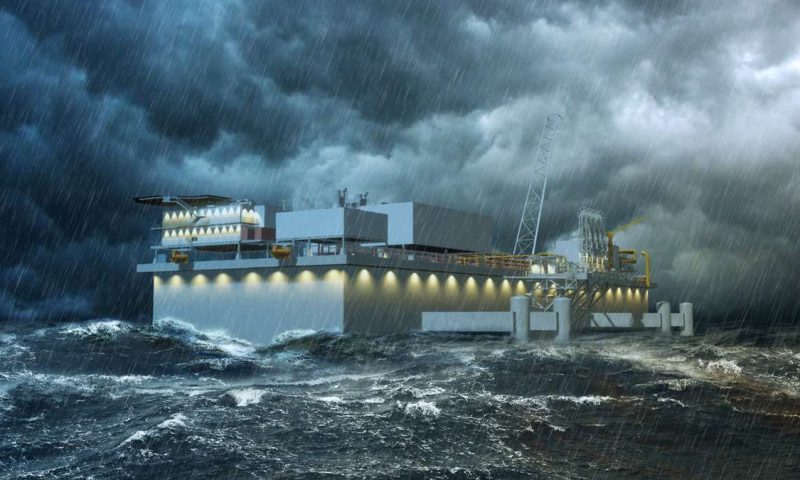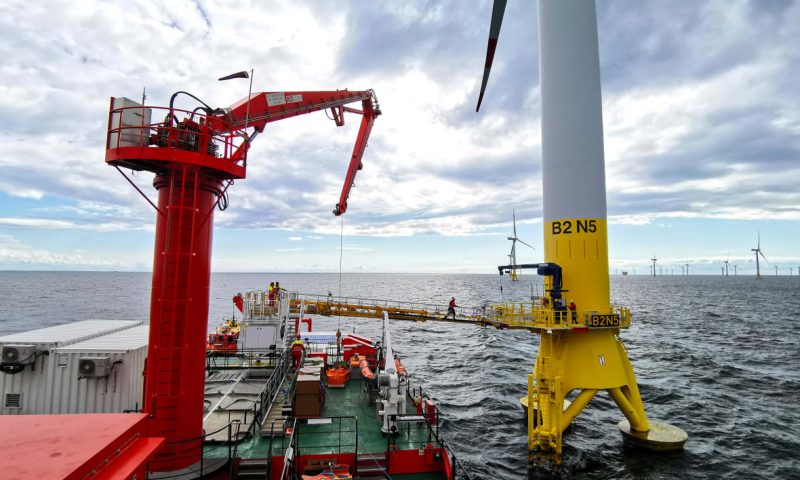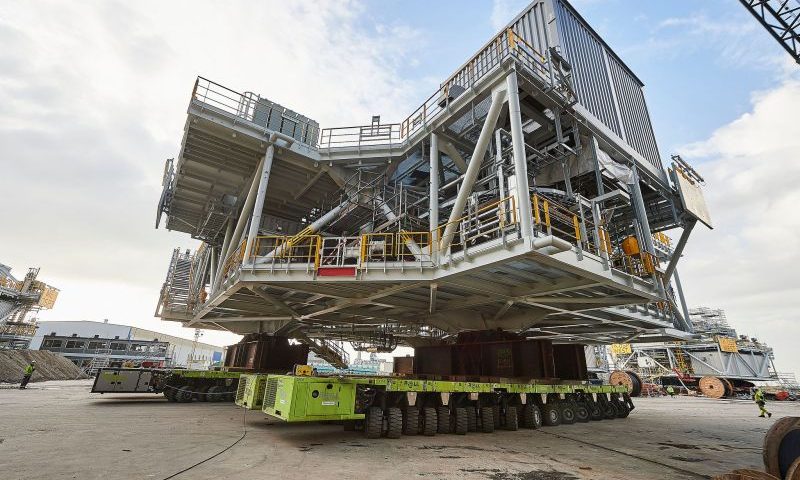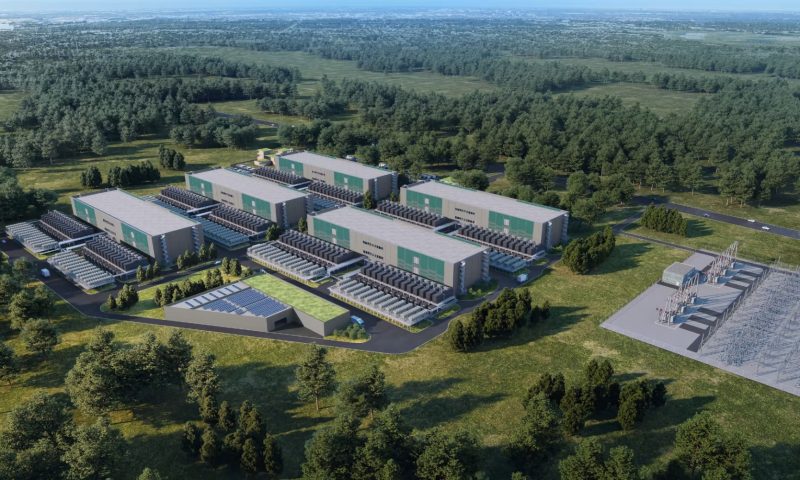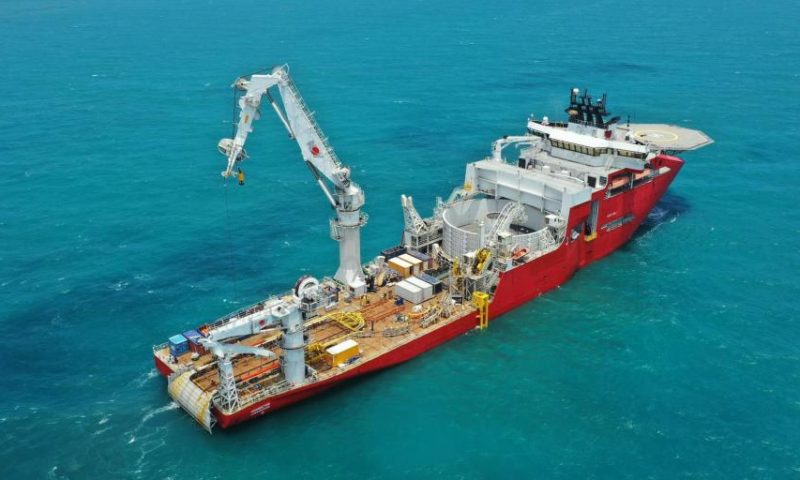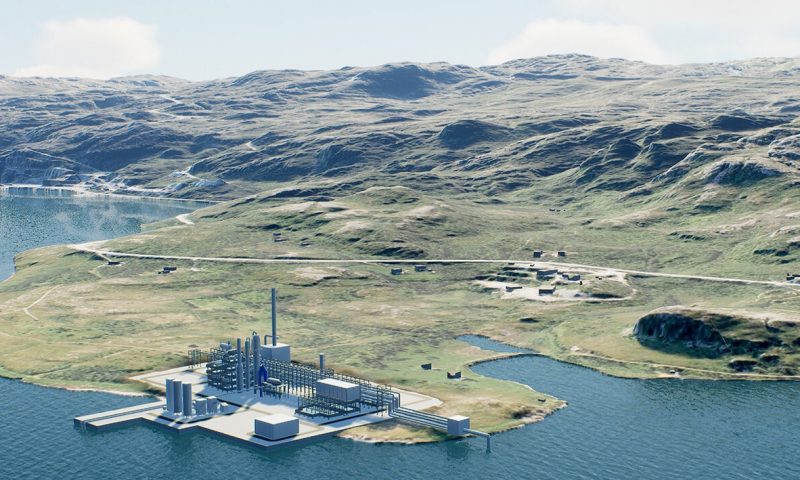
Siemens Energy Launches Future of Storage Initiative
Siemens Energy has launched the “Future of Storage” initiative. The aim of the initiative is to bundle knowledge and build an ecosystem of technology partners in order to offer energy storage solutions tailored to customers’ needs. Decarbonizing the world’s energy systems is one of the key goals of Siemens Energy. An essential component of climate-friendly energy systems of the future will be efficient energy storage systems – they compensate for the fluctuating feed-in of renewable energies and stabilize the grids, making them a key driver of decarbonization.
With “Future of Storage”, a global team of experts is being formed that covers all available energy storage technologies, from batteries to thermal and thermo-mechanical energy storage systems.
“We want to offer every customer the optimal energy storage solution that best suits their needs,” explains Anette Ossege-Schaffrath, who heads the team at Siemens Energy. “To do this, we need access to a broad portfolio of storage technologies. We need to have the necessary expertise and develop suitable business models. With Future of Storage, we are creating an important prerequisite for achieving these goals,” she says.
“Energy storage is the key to a decarbonized world,” says Jörn Schmücker, CEO Large Rotating Equipment at Siemens Energy and sponsor of the initiative. “With Future of Storage and our partner ecosystem, we will be able to offer our customers exactly the solutions that fit their needs – with the advantage of improving the efficiency and thus the profitability of their plants.“
At the beginning of June, Siemens Energy entered into a long-term partnership with the Norwegian technology company EnergyNest. The start-up is a supplier of thermal energy storage systems. The aim of the partnership is to jointly offer modularized and standardized thermal energy storage systems for industrial customers. EnergyNest has developed a heat battery that can be charged with renewable energy or with waste heat and can discharge completely renewable steam directly into customers’ plants when required. This reduces the demand for fossil generated heat and at the same time increases the flexibility of the plants.




